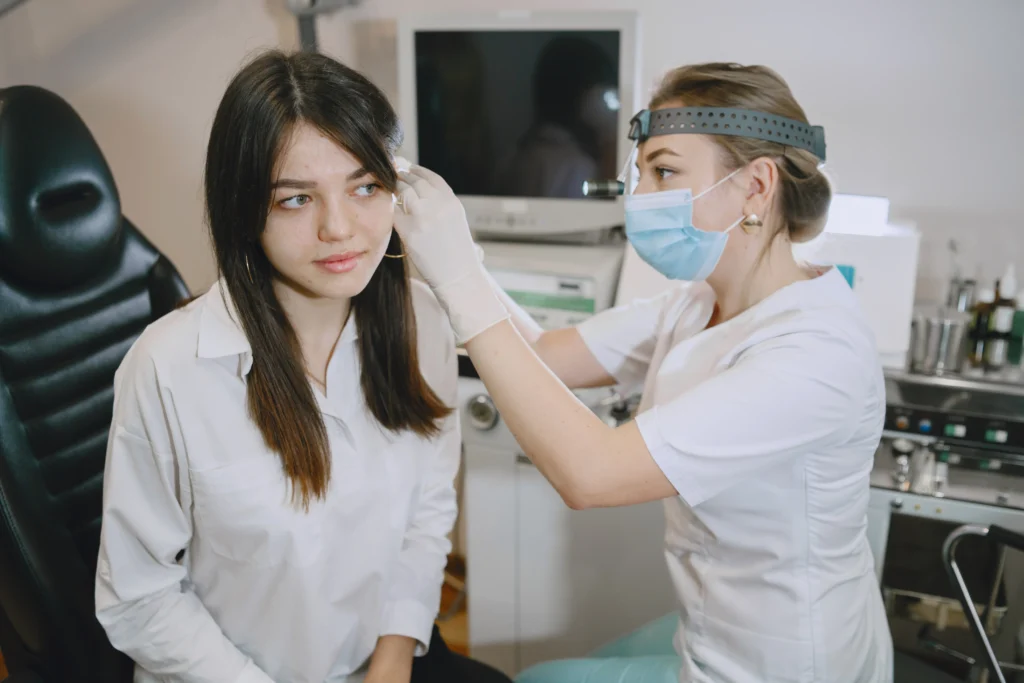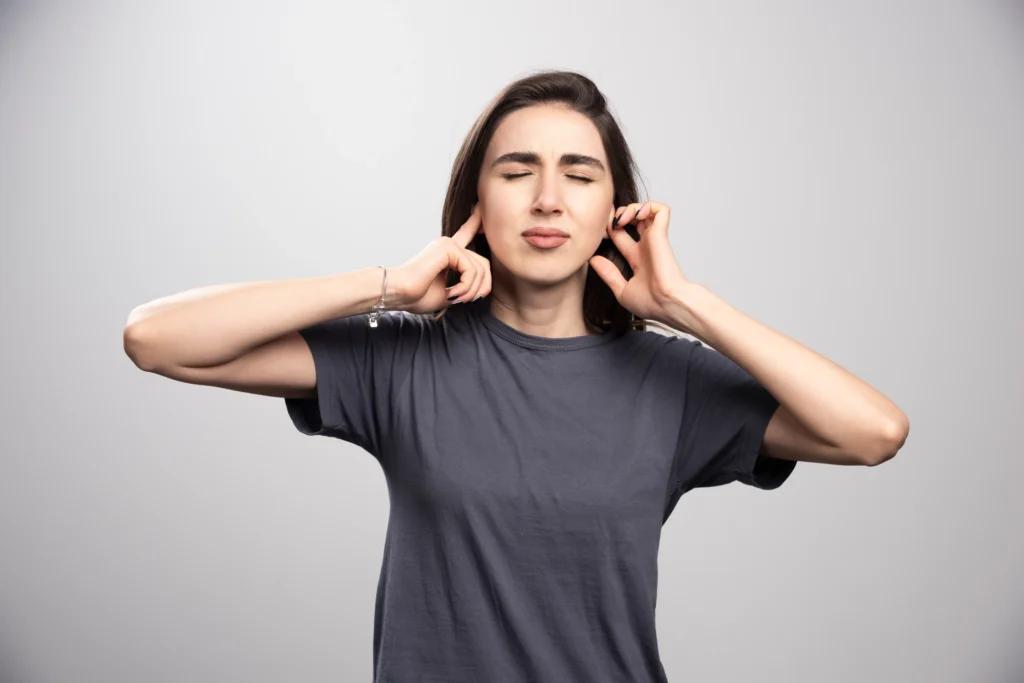Hearing loss comes in different shapes and forms. For people who are experiencing hearing loss for the first time, it’s hard to tell whether they are dealing with severe or mild hearing loss without running a hearing test. However, you can get a feel for your hearing health by understanding which sounds you can and can’t hear.
The degree of your hearing loss is measured in decibels, which refers to the loudness of the sounds you can hear. Someone with normal hearing may not be able to hear distinctively sounds below 20 decibels, which is the sound of a quiet whisper.
When you have been told by an audiologist that you have severe hearing loss, chances are that you already knew you were experiencing hearing issues. Severe hearing loss refers to people who can’t hear sounds below 56 decibels – this is called moderately severe hearing loss. The next severe hearing loss phase affects those with a hearing loss range of 71-90 decibels.
If you have never measured sounds in decibels before, this might seem confusing. For comparison purposes, 60 decibels are the sound of a normal conversation. People with moderately severe to severe hearing loss can struggle with everyday communication. 90 decibels is the sound of a lawnmower. When you’ve got severe hearing loss, you may not be able to hear the lawnmower, if you’re in the upper range.
Therefore, it’s essential to understand how to best correct your hearing loss to maintain your lifestyle and perform everyday activities.
Behind-the-ear (BTE) hearing aids
Hearing aids provide a great level of correction for a variety of hearing loss situations. Your audiologist will recommend behind the ear to correct severe hearing loss. As the name indicates, BTE hearing aids rest behind your ear, where they can be partially hidden from sight. If you wear your hair long, you can keep the hearing aids completely out of sight.
BTE hearing aids are slightly bigger than other devices because they need to contain more circuitry to provide an adequate level of correction. They are connected to an earbud piece that sits inside your ear. Because of their size and position, BTE hearing aids are a favorite option to correct mild to severe hearing loss. They are also the most common hearing instrument for first-time wearers.
Your audiologist will explain to you how to change the battery for your hearing aids. A lot of models still require regular battery replacement. However, you can find devices with a rechargeable battery. Your audiologist will help you pick the most suitable device for your situation, including how comfortable you feel with new technology.
In-the-ear (ITE) and in-the-canal (ITC) hearing aids
You might have heard about lesser visible hearing aids, such ITE and ITC instruments. They are custom-made using a mold impression of your ear to fit your anatomy. They provide sound amplification for mild to moderately severe hearing loss, which can be sufficient for people whose hearing loss averages 60 decibels. However, if your hearing loss range is too high, ITE and ITC hearing aids can cause damage to your inner ear by producing too loud amplification. As a result, they are only recommended for people on the lower range of a severe hearing loss. They are less visible than BTE hearing aids due to their smaller size, but they are not entirely hidden from sight.
These earpieces also have smaller batteries, compared to BTE hearing aids, which means you’ll have to replace them more often.
Your audiologist will not be able to recommend these hearing aids if you are prone to frequent ear infections.
There is more than just hearing aids
A lot of hearing aids have additional tech features, such as providing a Bluetooth streaming function that connects to your TV or phone to stream the sound directly into your ear. It can be a helpful addition for anybody worried about maintaining their communication levels. However, hearing aids alone may not be sufficient to fill in the auditive gaps.
With the help of your audiologist, it can be helpful to consider additional skills and tools you can use too. Assistive technology, such as a feature that transforms speech into text, can turn your life around. Nowadays, a lot of smartphones already have built-in assistive technology, but you may require training to use it properly. Additionally, you can find caption features on TV and screens for landlines.
You can also learn to read lips to make everyday communication more manageable, even if you’re wearing hearing aids.
Don’t hesitate to discuss fears and concerns about severe hearing loss correction with your audiologist at Adirondack Audiology. You can call +1 (802) 922-9545 to book an appointment and figure out the best hearing aids for your situation.









